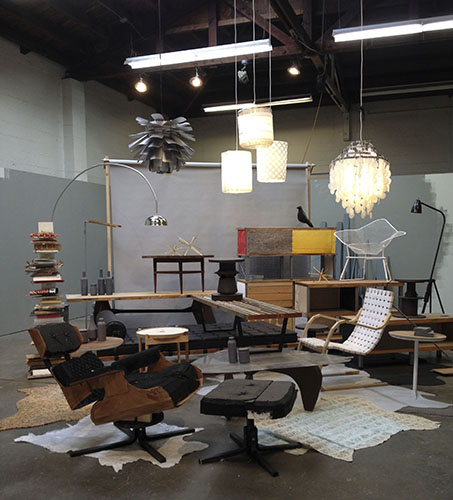 |
For a ringside view of consumption and its discontents, there’s no better place than Recology, the arts program at the San Francisco city dump. Each year, a handful of artists-in-residence gain access to a seemingly limitless supply of commercial and residential debris which they transform during four-month residencies into plangent installations, many of them dealing with environmental woes and their underlying causes.
 |
.jpg) |
farmland by cities: plowshares into skyscrapers. Most compellingly, there is the shadow image of city projected onto a large wall. It arrives there by the artist’s placement of heat sinks — the fluted metal boxes that cool electronic devices – in front of light bulbs. The angle of the light makes the silhouettes of some appear crumbling and ancient, while rendering others as geometric monoliths, echoes of the towers that now populate cities like Shanghai. Lastly, there is a wall sculpture made from capacitors, which the artist painstakingly extracted from several dozen discarded computers. Shorn of rubber sheathing they resemble shell casings, and are here arrayed by size to represent the shape and population density of Silicon Valley, which, until the 1960s, was largely farmland. It was called the Valley of the Heart’s Delight.
Not anymore. Progress, the artists tell us, always carries a price.